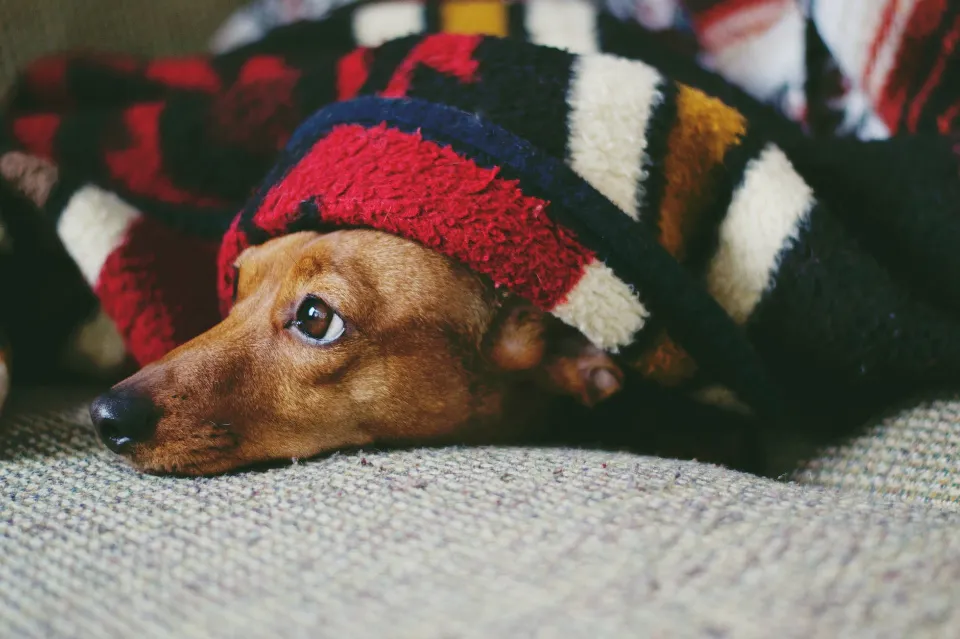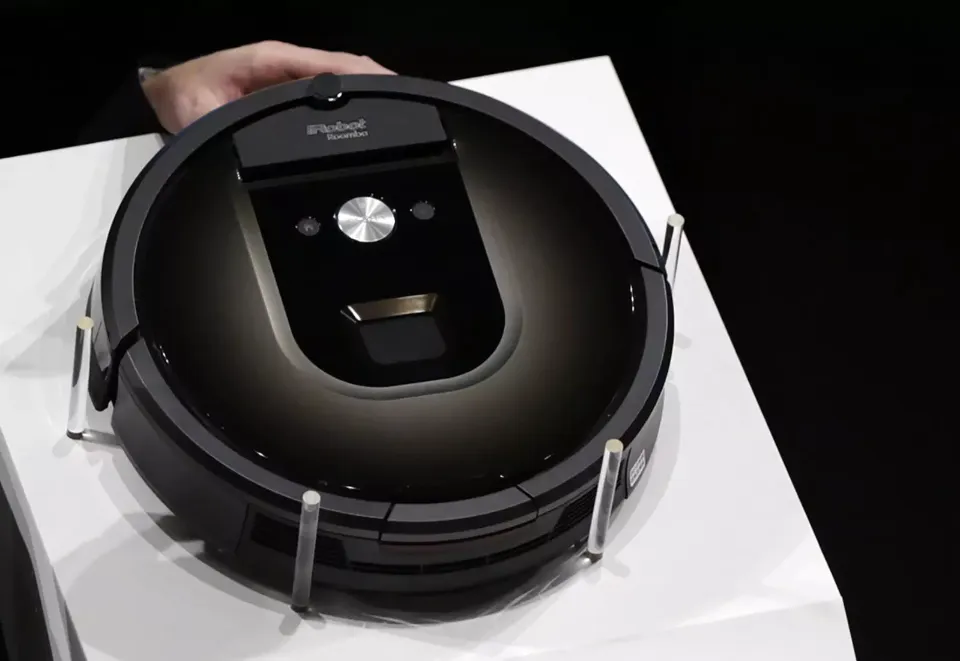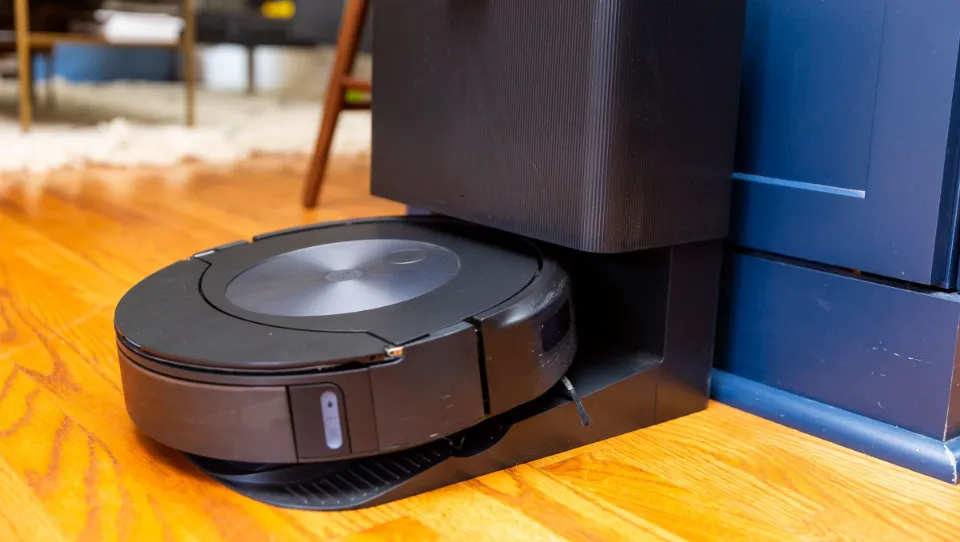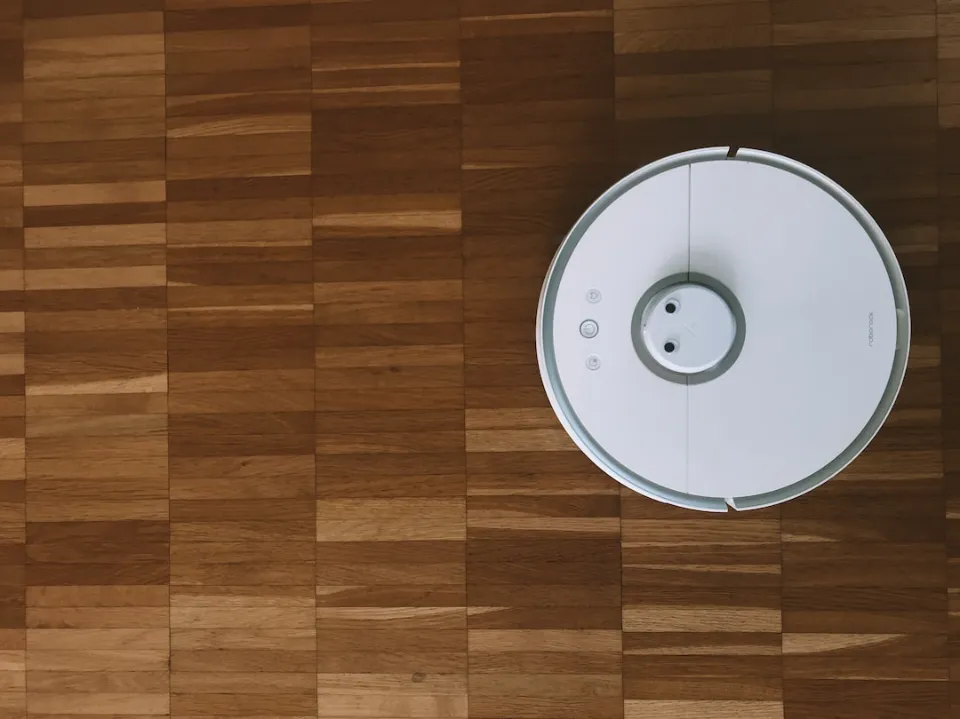Dogs make wonderful pets. They are funny, lovable, and your closest companion. They can make you laugh when things are bad and lift your spirits when you are having a bad day. Except for their fur, the situation doesn’t have many drawbacks.
You can shake out the blanket after a 10-minute dryer cycle to remove dog hair from it.
We understand your pain if you’ve ever struggled with too much shed on your duvet or throw blanket. For this reason, we have come up with 16 simple methods for getting rid of fur quickly and easily. Look below for a few simple do-it-yourself methods for removing dog hair from blankets as well as some other creative ways to get rid of dog hair from your bed.
What’s the Best Way to Get Dog Hair Out of Blankets?

While there is no one “right way,” there are plenty of ways to separate pet hair from your blanket, no matter how much it has adhered to it. In order to stop stressing about your laundry and return to being a devoted pet owner, let’s take a look at some of the best cleaning techniques to remove dog fur from blankets.
Use the Washer and Dryer
Your blankets can be cleaned of dog hair by using the washing machine and dryer. In contrast to typical wash cycles, you begin with the dryer rather than the washer. Set your dryer to “permanent press” or another low-heat setting and put the blanket in for 10 minutes. A quick cycle in the washing machine can take care of the rest after the blanket fibers’ grip on the hairs is loosened by the soft heat.
The majority of the stuck hair may be removed by your washing machine after the dryer removes the toughest pieces. If you have a fabric softener, simply adding it to the blanket’s wash cycle might fix the issue. If you don’t have any, try putting 1/2 cup of white vinegar in the fabric softener dispenser before starting the load. The vinegar’s acetic acid will work like a fabric softener to make the dog fur less adherent to your blanket’s fibers.
Add a few dryer sheets or dryer balls to the dryer when you place the blanket in for the final drying cycle if the washing machine wasn’t able to finish the job completely. A wool dryer ball or dryer sheet can reduce the static electricity that prevents the remaining hairs from sticking to your blanket.
Bring in the Fur Zapper
The FurZapper was developed to stop this issue in its tracks if the washer and dryer aren’t sufficient on their own. Simply putting the silicone disc into your washer or dryer makes this pet hair removal system work. When washing your clothes, this pet hair remover will separate the pet hair from the fabric. As this inexpensive fur remover will quickly fill your lint trap, you can tackle even more fur in the dryer (just remember to empty it before your subsequent cycle!).).
Make Your Own Hair Loosening Mist
Pet hair can be eliminated from a hairy blanket using fabric softener and a spray bottle. To mist your blanket, turn your spray bottle to the mist setting and combine one part fabric softener with three parts water in the bottle. The hair should become more pliable as a result, making it simpler to remove.
Try a Lint Roller
A lint roller is sticky enough to remove all the hair from the blanket as well as any lint or other debris that has accumulated on it. However, this can take some time, and depending on the material of your blanket, it might not be sufficient to finish the job. Alternately, a lint brush could also work.
Use Duct Tape
If you don’t already have one, you can make one out of duct tape. The sticky side should be facing out as you wrap it around your hand, and tape one end to the other. You can press your hand over the entire surface of the blanket with sticky tape on it, lifting some of the dog fur each time.
A Sponge Might Do the Trick
Try wiping the blanket down with a dry sponge that has an abrasive side. The hair might be caught and pulled out by it. Of course, you shouldn’t use a sponge you’ve previously used to wash dishes because you don’t want little food crumbs getting stuck in the fabric of your blanket. Since you don’t want dog hair to end up all over your dishes, it should also be one that you won’t ever use to wash dishes. To avoid accidentally brushing the hair all over the floor, you might also want to do this outside.
Use a Vacuum Cleaner
Utilizing your vacuum cleaner is worth a shot, even though it might not work if your blanket is particularly large or covered in hair. If for no other reason than to safeguard the fabric of your blanket, this method is best executed with a brush hose attachment attached.
To remove pet hair, just spread your blanket out on a flat surface and use the brush hose. Easy!
For Delicate Blanket Fabrics
Use of a lint roller, duct tape, or sponge may be avoided if your blanket is made of a delicate fabric out of concern for the fabric’s safety. Use a clothes steamer if that’s the case. Your blanket’s hairs will become looser thanks to the hot, humid steam. You might benefit from purchasing a steamer if you don’t already have one but frequently struggle with dog hair. A handheld version costs about $30.
Try a balloon if you don’t have and don’t want to buy a steamer. Roll one gently over the surface of your blanket after blowing one up, yes, really. Rubber and other materials used to make balloons are readily attracted to static electricity, which attracts stray pet hair. Without harming the delicate fabric of your blanket, a balloon might be an efficient way to get rid of that hair.
Tips on How to Get Dog Hair Off Bed
It is inevitable that dog fur will get on your sheets, pillows, and blankets if you share your bed with your pet. Fortunately, there are techniques to remove dog hair from your bed so you can get a good night’s rest.
Clean Bedding Frequently

Many people prefer vacuuming as their go-to cleaning technique when it comes to getting dog hair out of the bed. However, a vacuum cleaner might not be able to get rid of all the loose hairs, particularly if there are a lot of them.
The dryer with a no-heat or air cycle is the best option in this situation for drying your bedding. During this pre-wash cycle, loose fur on bedding is released.
Even after washing the sheets, there may still be some fur on them. The fur will, however, become entrapped in the dryer’s lint filter when the sheets undergo another drying cycle.
To stop contaminants or germs from re-depositing on other fabrics or clothing you wash, empty the lint trap after the cycle. Additionally, clearing the clogged trap will stop the development of odors and open up the airway to promote better circulation. Make sure to wash bedding with hair away from other clothing and upholstery.
Use Sticky Roller
A sticky pet lint roller can effectively remove dog fur embedded in your bedclothes. Simply rub it over the sheets, take any stray hair out of the tape that is attached to the roller, and then use it again.
If you don’t already have one, you can make one by wrapping some masking or duct tape around your hand with the sticky side facing out. In two shakes, remove dog hair from the sheets by sliding your hand over them. Repeat the process until your bedding is as good as new.
Use Rubber Gloves
Almost everyone has rubber gloves in their kitchen. If you have a set of these incredibly practical gloves, put them on and run your hands over any furry bedding.
Continue sliding until a clump of dog hair appears on your gloved hands. A rubber glove will draw hair when it comes into contact because of electrostatic energy.
Wash your gloved hands once they are completely covered in dog fur, then start sliding once more until your sheets are completely free of fur. You can also use a rubber squeegee or a pet hair removal tool.
Conclusion: Prevention is the Key
In the long run, it’s preferable to prevent the issue from arising in the first place, or at the very least, prevent your blankets from becoming wholly ruined. Regular dog grooming can reduce excessive shedding. You are removing all of the loose hair from their coat in this manner, which means fewer hairs will land on your blankets. A great way to do this is with grooming gloves. They are very useful and simple to wash.



